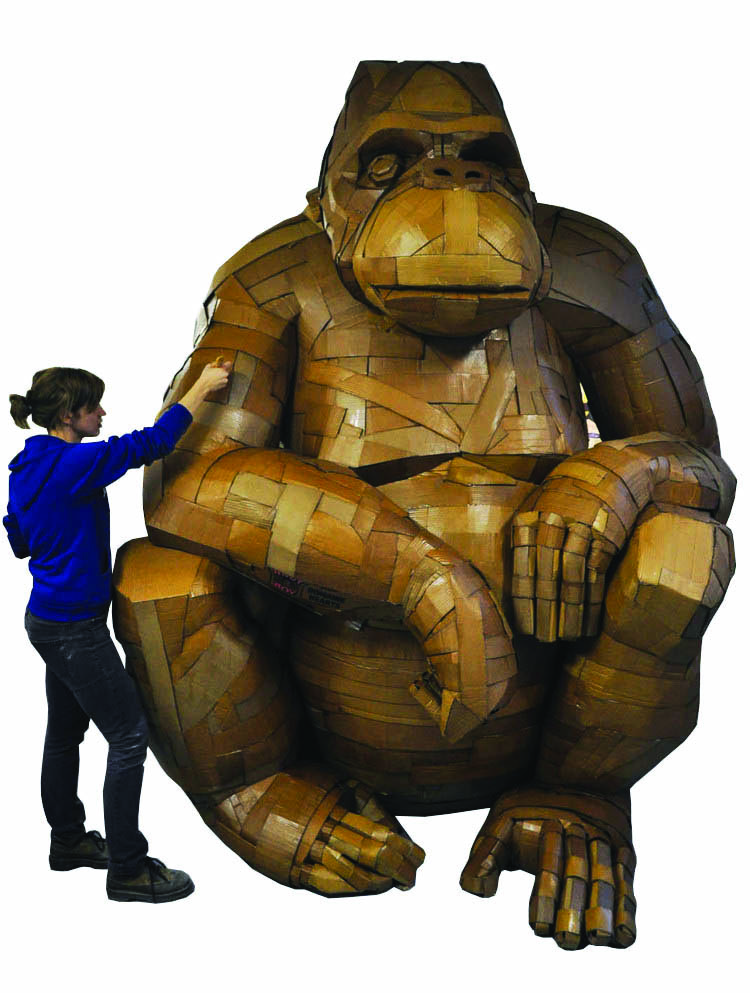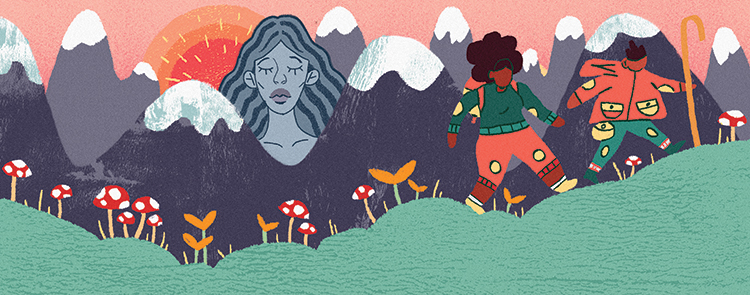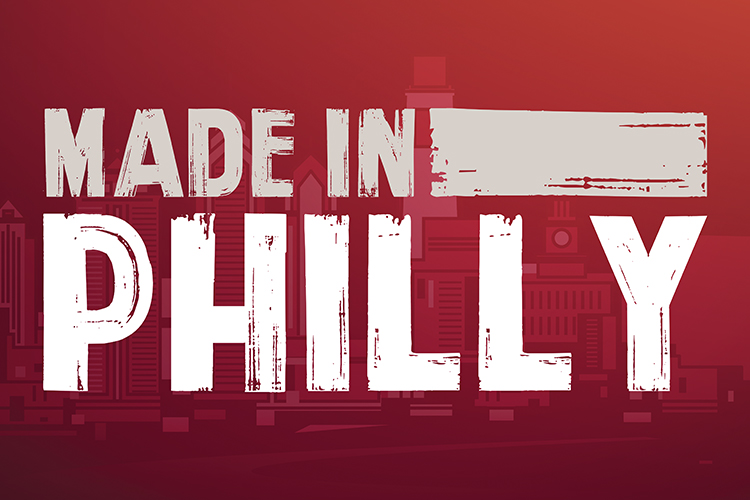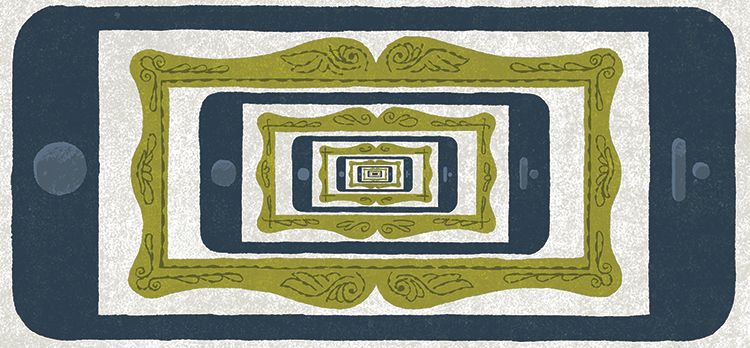Can recycled art at the Philadelphia Zoo help protect habitat and change habits?
by Heather Shayne BlakesleeNine-foot-tall recycled-cardboard gorilla sculpture created by Canadian artist Laurence Vallieres for the Philadelphia Zoo’s Second Nature: Junk Rethunk exhibit.
The newest animals at the Philadelphia Zoo aren’t in cages, although some of them—including a life-sized alligator sculpted from bubblegum—will remain safely behind glass. Second Nature: Junk Rethunk, an exhibit of whimsical sculptures made from recycled and salvaged materials, features the work of a dozen artists and artist collaboratives from around the world. Among the menagerie is a 900-pound gorilla made from recycled car steel, delicate miniature mechanical birds forged from used machine parts and cast-off electronics, and a majestic silver rhinoceros crafted from old serving ware and dinner plates, created by Philadelphia’s own Leo Sewell.
While the pieces are playful, the message behind the art is serious: human activity—what we choose to make, buy, use, throw out, reuse or recycle—impacts animal habitats throughout the world, including our own. “Bloom,” a 35-foot-tall bouquet of flowers and butterflies draws attention to the plight of the monarch butterfly, which needs milkweed to feed on during early stages of growth. The plant is being threatened by climate change and development. The nine giant monarchs that float above the sculpture’s recycled daffodils, trilliums and calla lilies are not only beautiful—they’re hungry.
“Once you begin to understand that the world around you is actually made, and someone designed it, and someone thought of it—or perhaps didn’t think about it enough—that becomes really important,” says Peter Kimmelman, an Oakland, CA-based artist with Flux Foundation, which created “Bloom.” “It’s important to make the changes that you can,” he says. “We like to refer to it as the butterfly effect, not ironically, that small changes can multiply and have a dramatic impact. There are a lot of us out there.”
The Zoo estimates that it reaches 1.3 million visitors each year. “The Zoo really has a couple of key platforms that we feel we can assume a leadership role on, and climate change is one of them,” says Amy Shearer, Chief Marketing Officer at the Philadelphia Zoo. “We really felt like if we wanted to solve a global issue or be a voice in a global issue, we should find a mass, a group of global enthusiasts and artists to help us tell their story and our story.”
The thought-provoking animal art of Second Nature: Junk Rethunk is now on display throughout the Philadelphia Zoo grounds. The exhibit, free with Zoo admission, will run through October, 2015.







